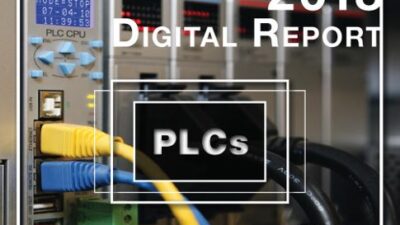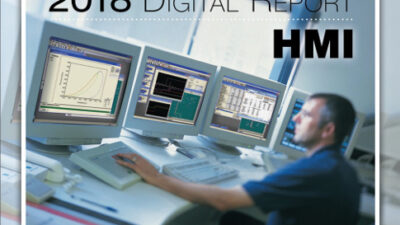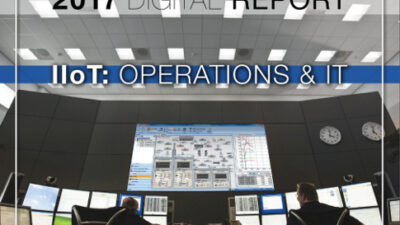Despite challenges presented by today’s market conditions, automation technologies deliver substantial opportunity for enhanced synchronization, process optimization and bottom-line improvements across the board. Maximizing the performance and productivity of packaging operations is predicated on ensuring that packaging equipment does not exist as individual “islands of information ...
Despite challenges presented by today’s market conditions, automation technologies deliver substantial opportunity for enhanced synchronization, process optimization and bottom-line improvements across the board. Maximizing the performance and productivity of packaging operations is predicated on ensuring that packaging equipment does not exist as individual “islands of information” says ARC’s Resnick. Digital edition of supplement and research study are available .
The ability to access production and machine diagnostic data– as well as the ability to execute rapid, tool-less changeovers – were cited as the most desired features of packaging automation equipment. Connecting all elements within a packaging line using an industry standard network is also high on the list of desired features, indicating that information-enabling the packaging floor is high on the list of priorities.
The good news is that most organizations already have the foundation technologies necessary to create an “information infrastructure” for packaging operations and the enterprise: Some 80% of respondents report that they have PLCs in-place in their packaging lines, while another 52% use industrial PCs. Furthermore, nearly half of all respondents are using some form of industrial Ethernet for plant floor connectivity and communication. Of those, the vast majority (80%) use EtherNet/IP.
Although packaging professionals clearly understand the value of leveraging the latest automation technologies, there is still some work to be done to fully realize the potential. Nearly half of all respondents indicated that their current packaging equipment has features that are currently not in use.
One of the fastest and most reliable ways to make the most of the equipment already in-house is to leverage the expertise of the engineers and designers who can make it all sing. The majority of respondents (59%) collaborate regularly with their own internal packaging design teams; 49% also interact with original equipment manufacturers (OEMs), and another 39% work with automation component suppliers.
Given this high-level of interaction, one would expect better utilization of automation options and features. However, to achieve the type of interactivity and communication necessary to achieve advanced functionality, engineering often requires the assistance of the information technology (IT) team as well.
Read other articles in the Packaging Automation Benchmark Study, Part 1: Change is constant
A Focus on Packagers
Market Challenges
Future Prospects


